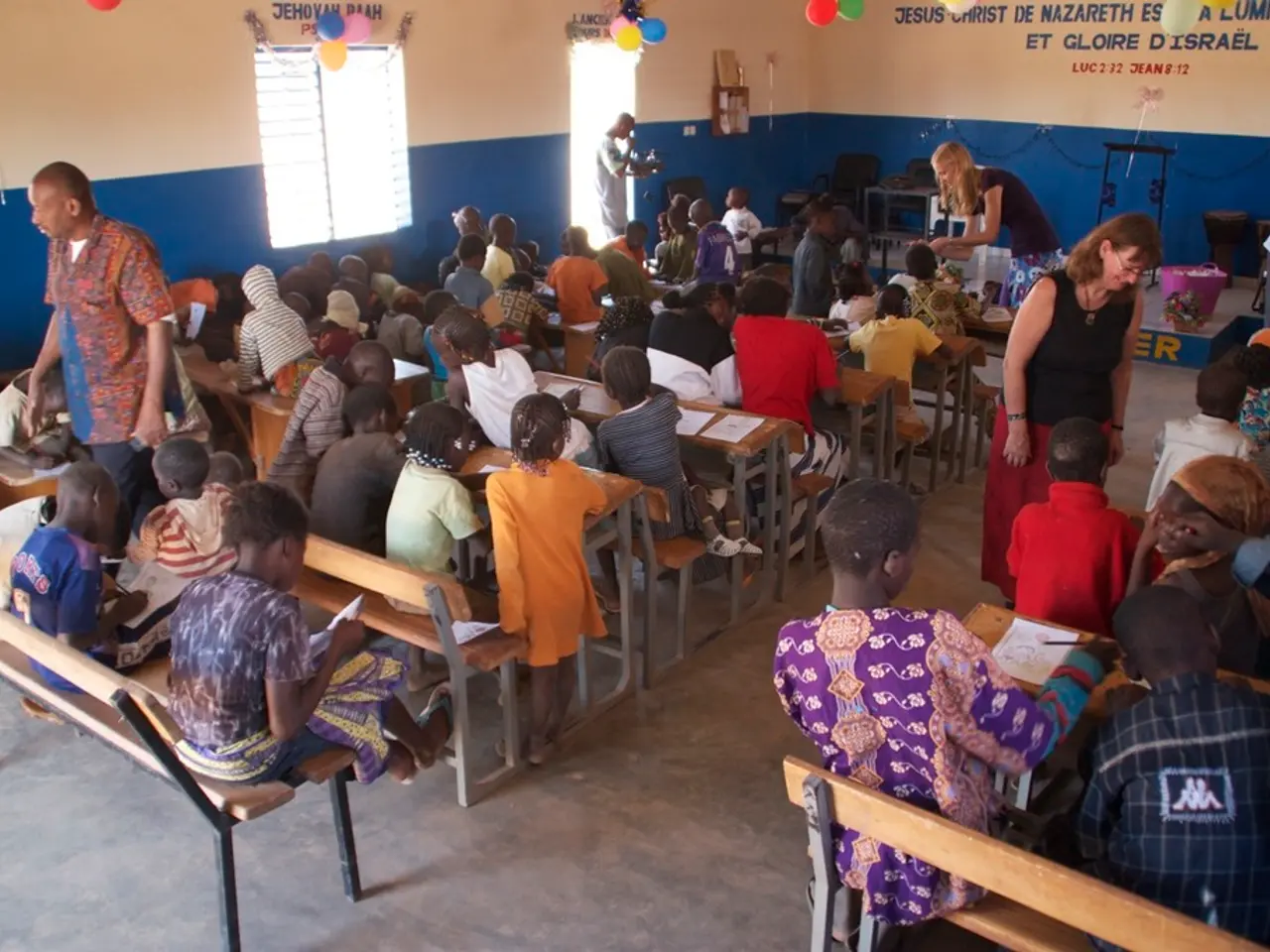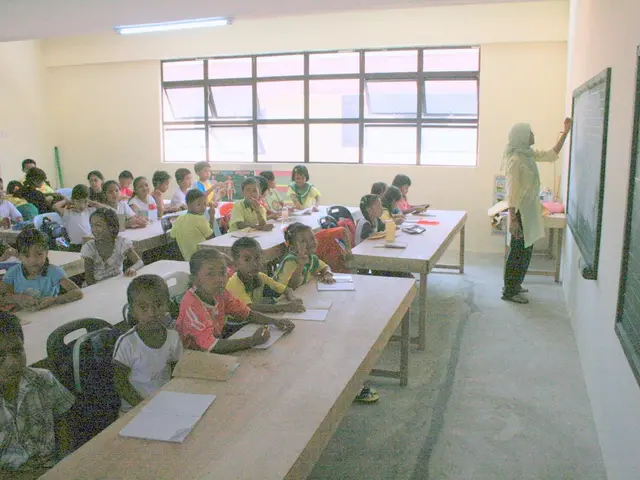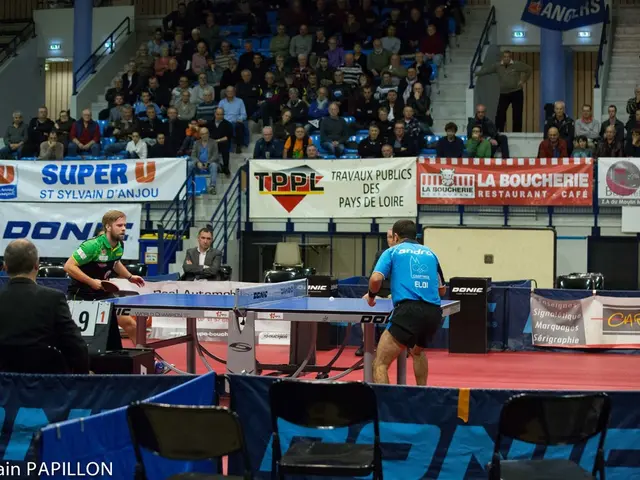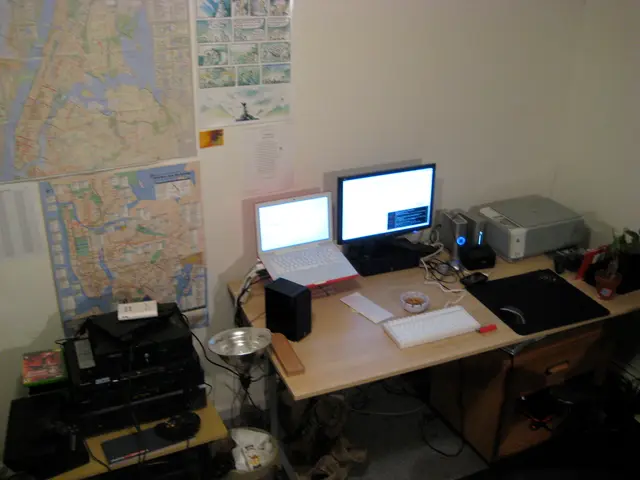Active Children with ADHD Learn Better Through Physical Activity, Study Finds
New research from the University of Central Florida is challenging traditional classroom norms, suggesting that fidgeting could be the key to helping children with Attention Deficit Hyperactivity Disorder (ADHD) excel in school. The study, which involved complex cognitive tests, found that movement activates the prefrontal cortex, the region of the brain involved in executive function, which is typically underactive in children with ADHD.
Contrary to the demands of stillness, silence, and absolute focus often enforced in classrooms, the study's findings indicate that mild physical activity could be beneficial for cognitive activities. This revelation has sparked a shift in educational practices, with schools in North Carolina and Texas integrating pedal desks, allowing kids to cycle gently while working on tasks, and schools in Denmark using large inflatable exercise balls to improve attention and reduce behavioral disruptions in children with ADHD.
The message isn't to let children run around the room, but to facilitate their movement so they can maintain the level of alertness necessary for cognitive activities. Lead researcher Mark Rapport stated that movement is a tool and a necessity for these children to maintain alertness.
Effective strategies for integrating movement in classrooms to enhance learning for children with ADHD focus on incorporating physical activity in ways that help regulate attention, improve executive function, and reduce impulsivity. These strategies include offering regular movement breaks during lessons, incorporating seating adaptations that allow subtle movement, using light aerobic exercise before or during the school day, facilitating outdoor learning and activities, allowing quiet fidgeting tools, breaking tasks into small, achievable goals combined with movement opportunities, and personalized accommodations such as preferential seating and noise reduction.
The implications of the study suggest that restricting the movement of children with ADHD isn't helping them learn effectively, but may be robbing them of their ability to think clearly. Multiple studies confirm that students with ADHD often perform better when allowed to move, stretch, sway, or bounce.
The human brain evolved to think on its feet, and a brain optimized for motion may still crave it in modern classrooms. Fidgeting may be a compensatory behavior for children with ADHD, serving as a way to jumpstart their brain's alert system. Movement-permissive environments benefit not only children with ADHD but also neurodiverse learners, anxious students, and gifted kids.
As the educational landscape continues to evolve, it's clear that the integration of movement into the classroom is becoming an essential component of effective learning strategies for children with ADHD. By facilitating movement, educators can help these students maintain the focus, alertness, and cognitive performance necessary for academic success.
[1] Centers for Disease Control and Prevention. (2020). Helping children and adolescents with ADHD succeed in school. Retrieved from https://www.cdc.gov/ncbddd/adhd/school/index.html
[2] Mayo Clinic. (2020). Exercise and ADHD. Retrieved from https://www.mayoclinic.org/diseases-conditions/adhd/in-depth/exercise/art-20045059
[3] National Institute of Mental Health. (2020). Attention deficit hyperactivity disorder (ADHD). Retrieved from https://www.nimh.nih.gov/health/topics/attention-deficit-hyperactivity-disorder-adhd/index.shtml
[4] American Psychological Association. (2020). ADHD and the outdoors. Retrieved from https://www.apa.org/topics/adhd/outdoors
- Incorporating science and education-and-self-development strategies, such as offering movement breaks, seating adaptations, and outdoor learning, can potentially improve the learning experience and cognitive performance of children with ADHD, as suggested by numerous studies on health-and-wellness and mental-health.
- The integration of physical activity, learning resources, and mental-health support in classrooms can create a conducive environment for neurodiverse learners, including children with ADHD, anxious students, and gifted kids, fostering a holistic approach to education and self-development.







